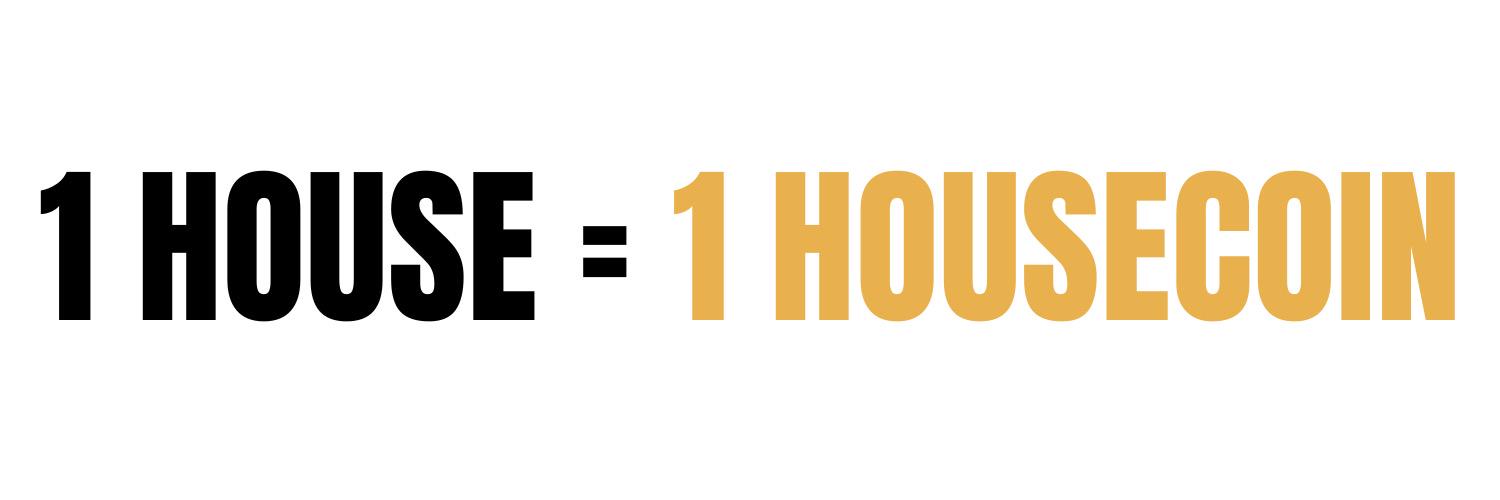Author: Nancy, PANews
Recently, emerging MEME coins such as RFC, House, and TROLL have rapidly gained popularity. These coins, filled with absurdity, absurd humor, and even dark humor, have not only become speculative tools favored by Generation Z but also carry the rebellious sentiments of young people against the traditional financial system and social rules, reflecting a unique alternative financial culture marked by the times.
Generation Z's "Financial Rebellion": Betting on MEME Coins for a Comeback
A recent report by The Washington Post revealed a financial trend quietly rising among young people in the United States: an increasing number of Generation Z individuals are viewing MEME coins as an alternative path to achieving the "American Dream." Faced with high housing prices, heavy student debt, and slow wage growth, traditional routes to wealth (such as homeownership and saving for retirement) are becoming increasingly unattainable for them. This disappointment with the existing financial system is driving a grassroots wealth "rebellion." Compared to traditional financial tools, this generation is more willing to dive into the highly volatile MEME coin market, hoping to strike it rich even with just a few hundred dollars.
The article cites data showing that the participation of young Americans in the cryptocurrency space is significantly higher than that of older individuals: 42% of men aged 18 to 29 have engaged in crypto activities (investing, trading, or using), while the figure for women is 17%; among those over 50, the participation is 11% for men and only 5% for women.
The report outlines the real-life manifestations of this trend through several case studies. For example, 25-year-old Yuvia Mendoza hopes to become the next "Roaring Kitty" by creating a token to save the struggling restaurant chain Hooters and even attempted to buy T-shirts for waitstaff using cryptocurrency, trying to "empower" the token. Despite the token's price eventually plummeting, she continues to be active in the MEME coin space, shifting to other projects in search of potential wealth opportunities.
Joe McCann, founder and CEO of the crypto hedge fund Asymmetric, pointed out that some of Generation Z's "financial nihilism" is pushing them into the crypto world. Burdened with high student loans and more likely to live with their parents, this generation is less inclined to consider 401(k) retirement savings than previous ones; they would rather bet a few hundred dollars on a MEME coin because they feel they have "no other choice."
At the recent ETHDenver conference, 27-year-old Veronica Sutton, wearing a bright red "Make America Great Again" hat, stated that today's "American Dream" is different from the past. After witnessing her parents' long-term debt and feeling that her college education during the COVID-19 pandemic was a "waste of money," she chose to drop out in her senior year. "I loved college and don't regret going, but I regret that $20,000 in student loans."
Similar situations are also seen in South Korea. The "Mud Spoon" generation, long facing high housing prices, debt pressure, and employment difficulties, also views MEME coins as an opportunity for a comeback. A recent survey report by local agencies DeSpread and CoinNess, targeting 3,108 South Korean crypto investors, showed that after the crypto market rebounds in 2024, new entrants to the South Korean crypto market will account for about 33%. Although most South Korean investors are not familiar with DEX, the investment ratio in MEME coins has exceeded half, largely thanks to the active listing of such coins on CEX (centralized exchanges). For instance, major South Korean exchanges like Bithumb and Upbit have listed popular MEME coins such as DOGE, TRUMP, PENGU, PEPE, and BONK. (Related reading: Crypto Investment Frenzy: Why Has South Korea Become One of the Hottest Markets in the World?)
Now, with the boost from social media and the Trump administration's relaxed regulations, this form of "entertainment speculation" continues to heat up, including Trump himself attending a dinner this month specifically for millionaires holding TRUMP MEME coins.
From Satire to Rebellion: The Emotional Financial Narrative of MEME Coins
In the fast-paced digital world, MEME coins carry and convey complex emotional resonance and collective ideas in a simple and efficient manner. In the latest wave of memes, several popular MEME coins have quickly resonated emotionally with Generation Z through compelling narratives. These MEME coins not only showcase strong narrative tension and high community engagement but also reflect American youth's cultural rebellion against systemic injustice and their self-expression through crypto culture.
RFC

RFC was launched by the political satire account Retard Finder and quickly gained popularity due to Elon Musk's frequent interactions. Its narrative is rooted in the rebellious spirit of internet meme culture, encouraging users to "report" foolish statements by tagging @IfindRetards, humorously expressing skepticism towards mainstream narratives. The account primarily focuses on right-wing political satire, mocking immigration policies, environmentalism, and "woke leftists." In a sense, RFC transcends being merely a financial asset, evolving into a digital "cultural rebellion" against mainstream media and elite discourse.
According to GMGN data, within less than two months of its launch, RFC's market cap peaked at nearly $150 million.
House

"1 House = 1 Housecoin" is the iconic slogan of the MEME coin House on Solana, with its core narrative focusing on the increasingly severe housing crisis worldwide, particularly addressing the real dilemmas faced by contemporary young people. With soaring housing prices, stagnant income growth, and a solidifying class structure, young people generally feel the heavy pressure of "getting on board." House uses absurd yet straightforward storytelling to satirize the systemic injustices in the current real estate market, attracting a large number of young investors who are disappointed with the status quo and eager to express their attitudes.
According to GMGN data, as of May 6, House's market cap reached a peak of $120 million within just over a month of its launch.
TROLL

TROLL is derived from one of the most iconic memes in internet history, Trollface, which symbolizes the early internet's spirit of freedom, chaos, and anti-authoritarianism. Created by artist Carlos Ramirez (online alias "Whynne") in 2008, it first appeared in his angry comic titled "Trolls," used to satirize internet "troll" behavior, becoming a classic symbol of online parody and humor. TROLL cleverly captures this retro sentiment, attracting young users familiar with meme history and passionate about internet subculture.
According to GMGN data, as of May 6, TROLL's market cap peaked at nearly $42 million.
neet
The name NEET comes from "Not in Education, Employment, or Training," used to describe young people aged 16-24 who are unemployed and not receiving education or training. In Japan, this concept has been expanded to include individuals aged 15-34 who are not working, studying, or seeking employment, often associated with "宅文化" (home culture) or "隐居族" (Hikikomori). The core narrative of $neet is a rebellion against traditional work and social norms, transforming this social phenomenon into a satirical cultural symbol representing a "lying flat" or "living off parents" lifestyle, resonating with some young people's psychological sentiments under modern economic pressure.
According to GMGN data, since its launch at the end of April, $neet's market cap has exceeded $21 million at its peak.
DRA

DRA also focuses on social and economic issues through satirical expression, with its narrative revolving around Decentralized Retirement Accounts, serving as a satirical response to traditional pension systems. It reflects the younger generation's distrust of retirement systems within the traditional financial framework (such as the U.S. 401(k) plan) and their critical sentiments towards "pension scams."
According to GMGN data, since its launch on May 4, DRA's market cap has exceeded $7.6 million at its peak.
免责声明:本文章仅代表作者个人观点,不代表本平台的立场和观点。本文章仅供信息分享,不构成对任何人的任何投资建议。用户与作者之间的任何争议,与本平台无关。如网页中刊载的文章或图片涉及侵权,请提供相关的权利证明和身份证明发送邮件到support@aicoin.com,本平台相关工作人员将会进行核查。




